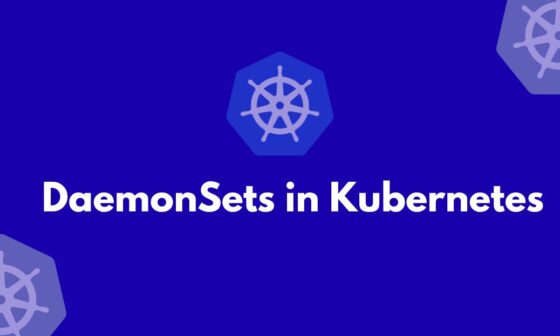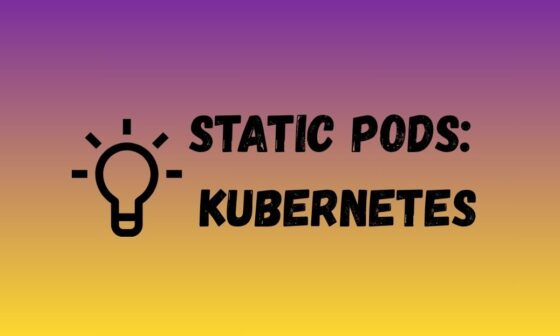In the Kubernetes ecosystem, the kubelet plays a pivotal role in ensuring the smooth functioning of your containerized workloads. As a critical component of every Kubernetes node, the kubelet acts as a bridge between the control plane and the container runtime. In this article, we will explore what the kubelet is, how it works, and why it is indispensable for Kubernetes clusters.
What is Kubelet?
The kubelet is a node agent that runs on every node in a Kubernetes cluster. Its primary responsibility is to manage the lifecycle of containers as specified by the Kubernetes control plane. It ensures that the containers described in PodSpecs are running and are healthy.
Key characteristics of the kubelet:
- Pod-centric: The kubelet operates based on PodSpecs, which define the desired state of pods.
- Node-local: It communicates with the local container runtime on the node it resides.
- Health monitoring: It regularly checks the health of pods and containers.
- Extensibility: It can be configured using various flags and supports plugins for custom functionality.
How Kubelet Works?

Interaction with the Control Plane
The kubelet interacts with the Kubernetes control plane to:
- Fetch PodSpecs: These specifications include details about containers, volumes, and networking.
- Report Node Status: The kubelet sends regular heartbeats to the control plane to indicate the node’s health.
- Update Pod Status: It continuously updates the status of pods running on its node, such as “Running,” “Failed,” or “Succeeded.”
Communication with Container Runtime
The kubelet relies on a Container Runtime Interface (CRI) to:
- Pull container images from registries.
- Create and manage containers.
- Monitor container resource usage.
Popular container runtimes supported by kubelet include containerd, CRI-O, and Docker (via the Dockershim interface).
Key Responsibilities of Kubelet
- Pod Lifecycle Management
- Ensures that the desired state of pods matches the actual state.
- Restarts failed containers as needed.
- Node Health Monitoring
- Reports resource usage metrics such as CPU, memory, and disk.
- Marks nodes as “NotReady” if critical components fail.
- Volume Management
- Handles mounting and unmounting of volumes like Persistent Volumes (PVs) and local disks.
- Logging and Metrics
- Provides container logs and node-level metrics for troubleshooting.
- Security Enforcement
- Implements security policies such as Pod Security Standards (PSS) and runtime isolation.
Configuration and Flags
The kubelet is highly configurable through a combination of command-line flags, environment variables, and configuration files. Some common flags include:
--kubeconfig: Specifies the kubeconfig file for connecting to the API server.--network-plugin: Defines the CNI plugin to manage pod networking.--authentication-token-webhook: Enables token-based authentication.--pod-manifest-path: Points to a directory containing static pod manifests.
Best Practices
Pod-centric: The kubelet operates based on PodSpecs, which define the desired state of pods.
Node-local: It communicates with the local container runtime on the node it resides.
Health monitoring: It regularly checks the health of pods and containers.
Extensibility: It can be configured using various flags and supports plugins for custom functionality.
The kubelet is the backbone of Kubernetes nodes, ensuring that the desired state defined by the control plane is realized in the cluster. By managing pod lifecycles, monitoring health, and interacting with the container runtime, the kubelet ensures reliability and efficiency in Kubernetes operations. A deeper understanding of kubelet not only helps in maintaining a robust cluster but also empowers you to troubleshoot issues effectively.
Frequently Asked Questions (FAQs)
Can a node run without kubelet?
No, kubelet is essential for managing the node’s workloads and interacting with the control plane.
How do I check kubelet’s version?
Use the command kubelet --version to check the installed version.
What happens if the kubelet fails?
The node will stop reporting to the control plane, and workloads on the node may become unavailable.
Is kubelet open source?
Yes, kubelet is a core component of Kubernetes, which is open source and maintained by the Cloud Native Computing Foundation (CNCF).






